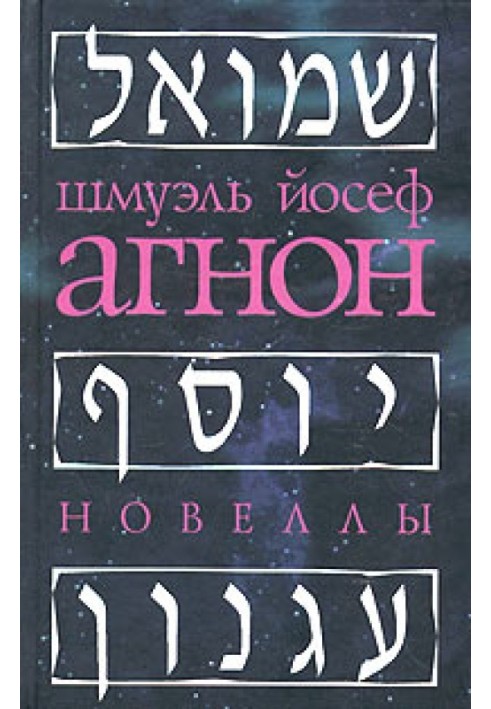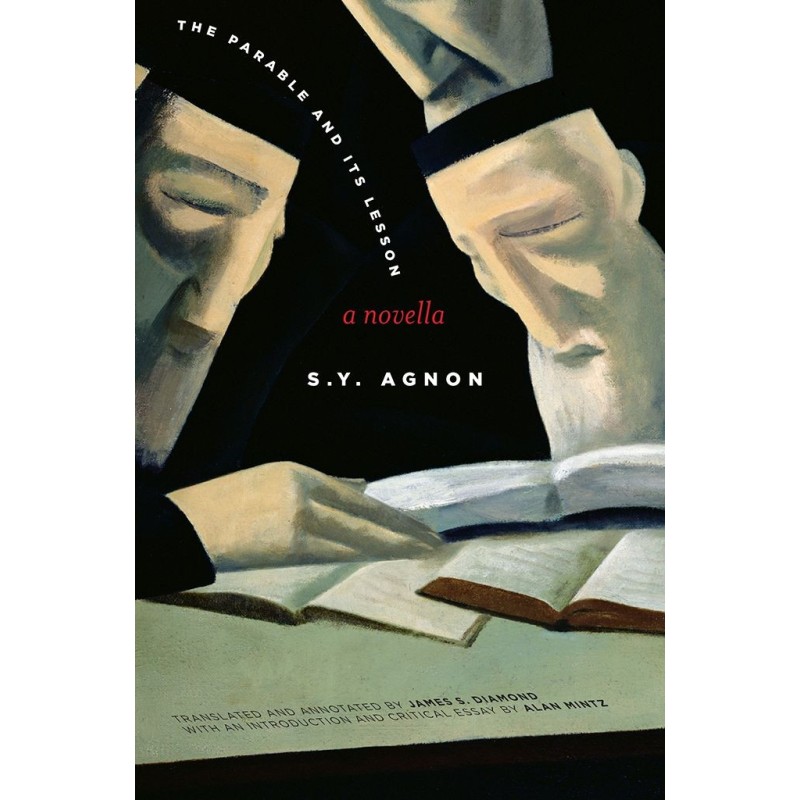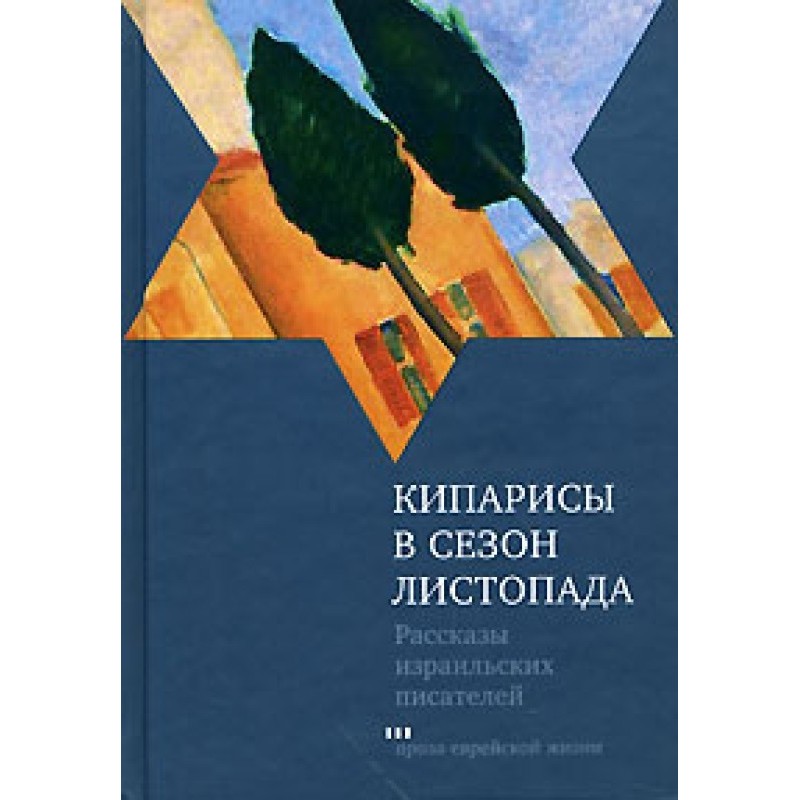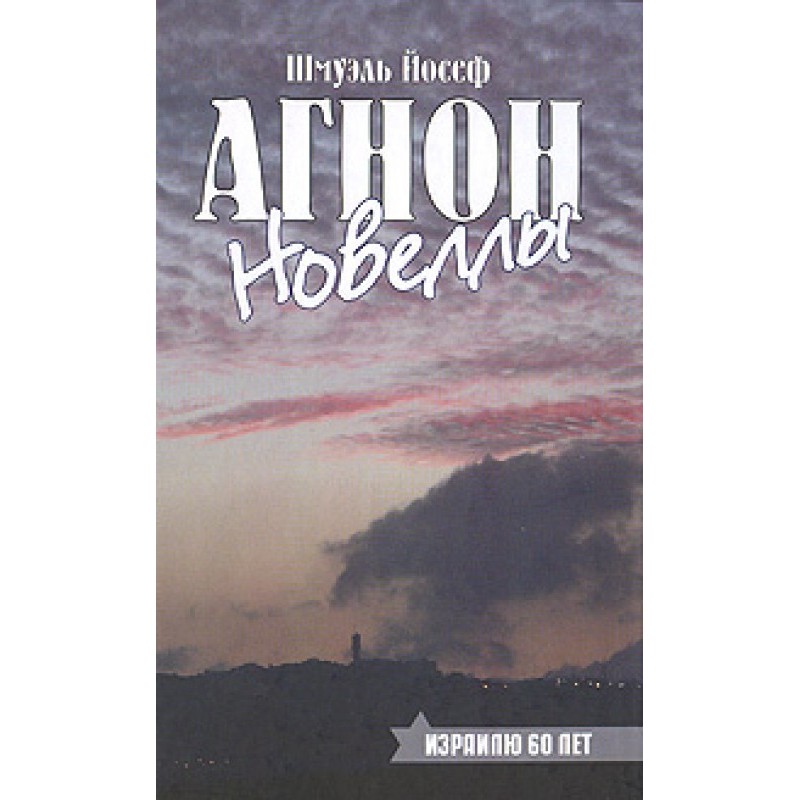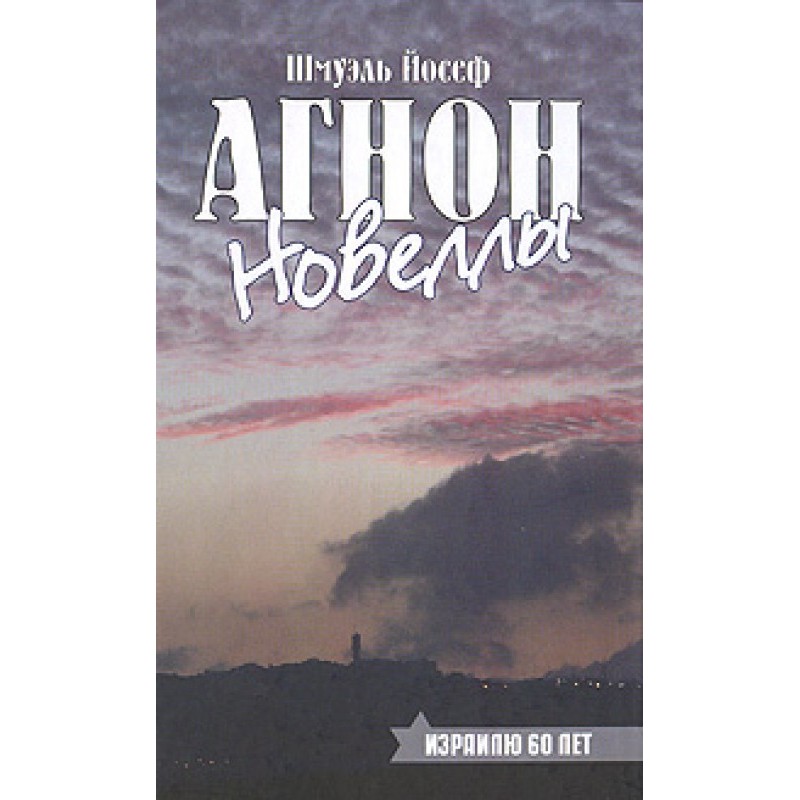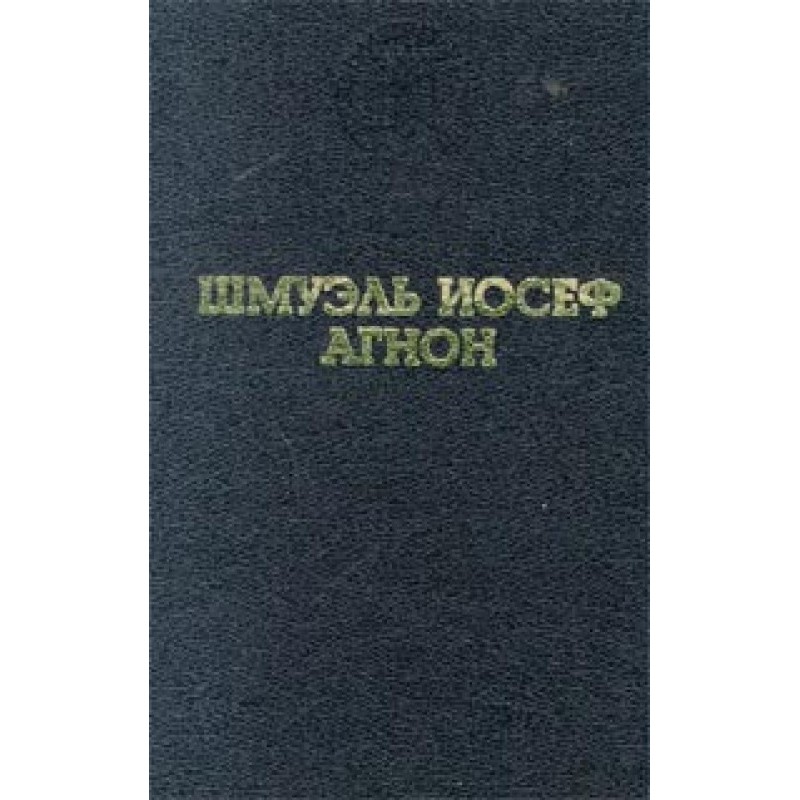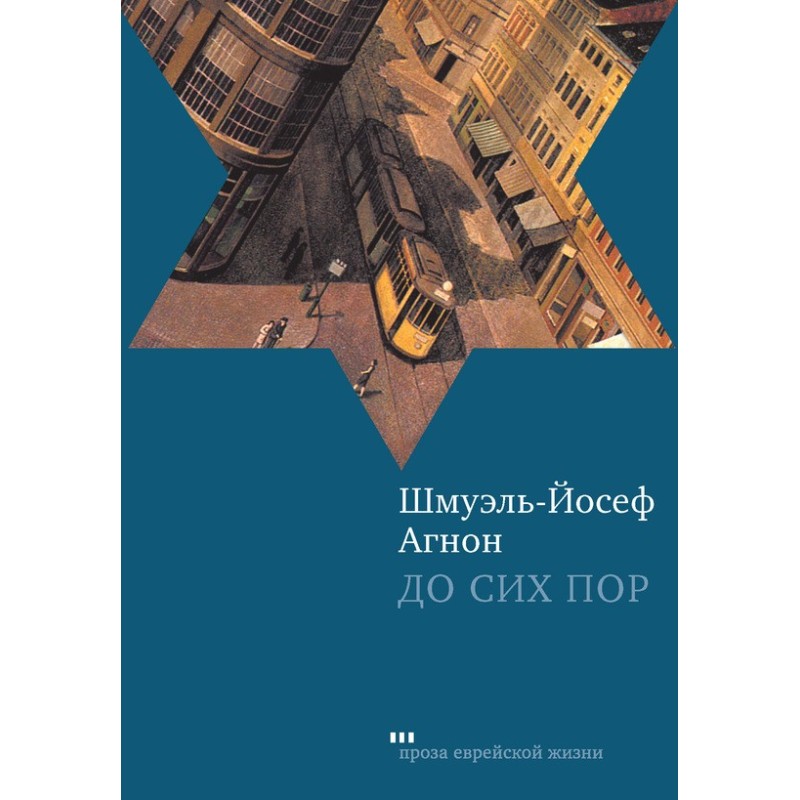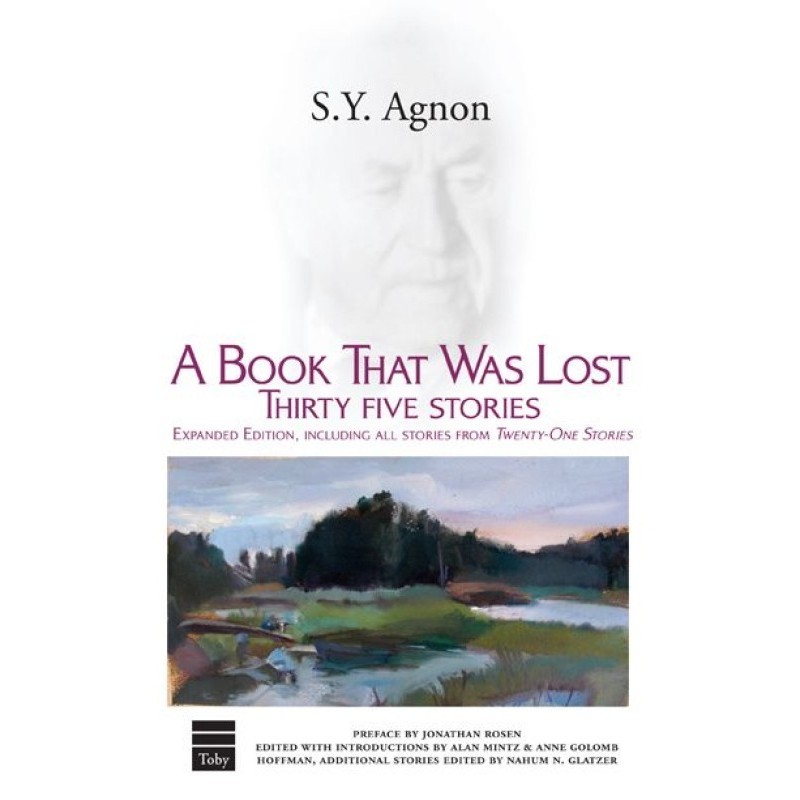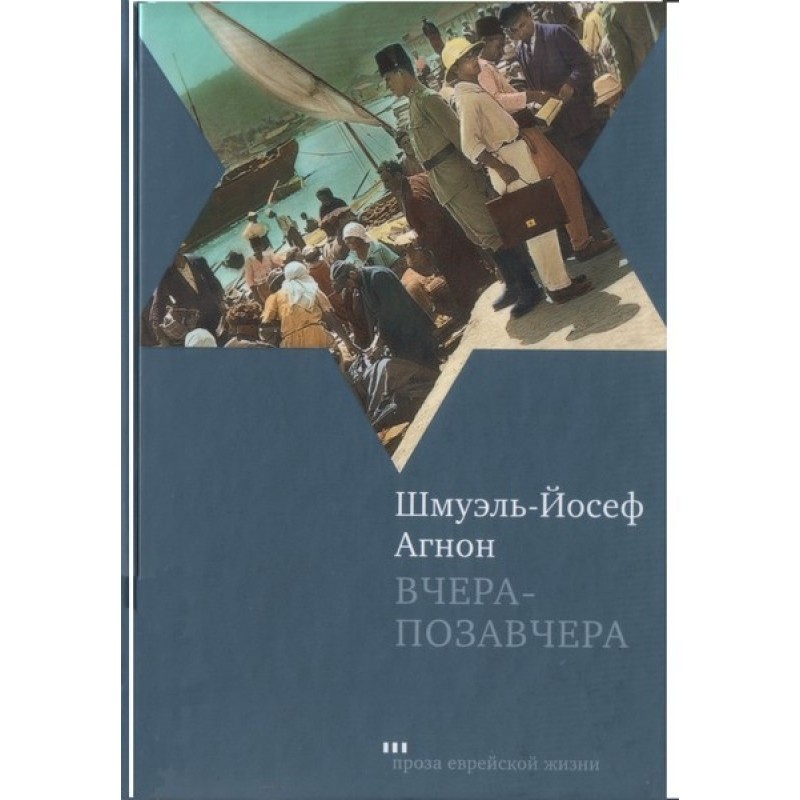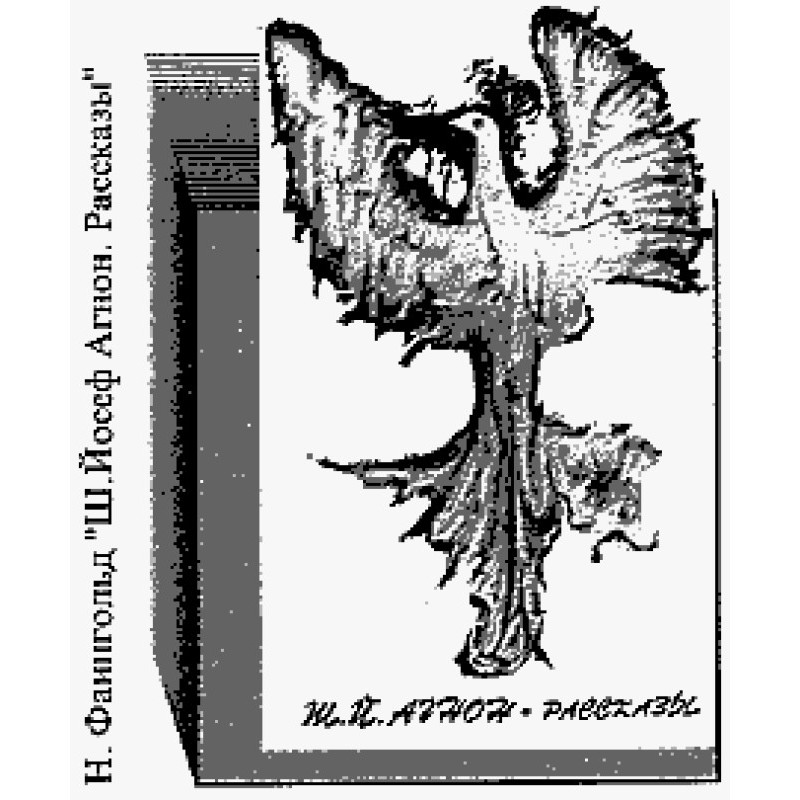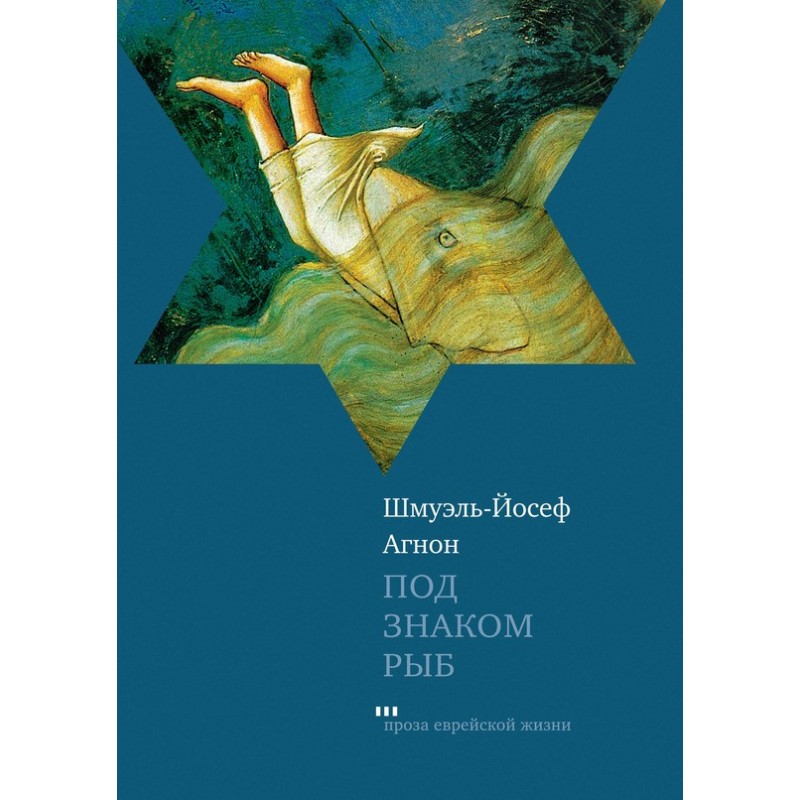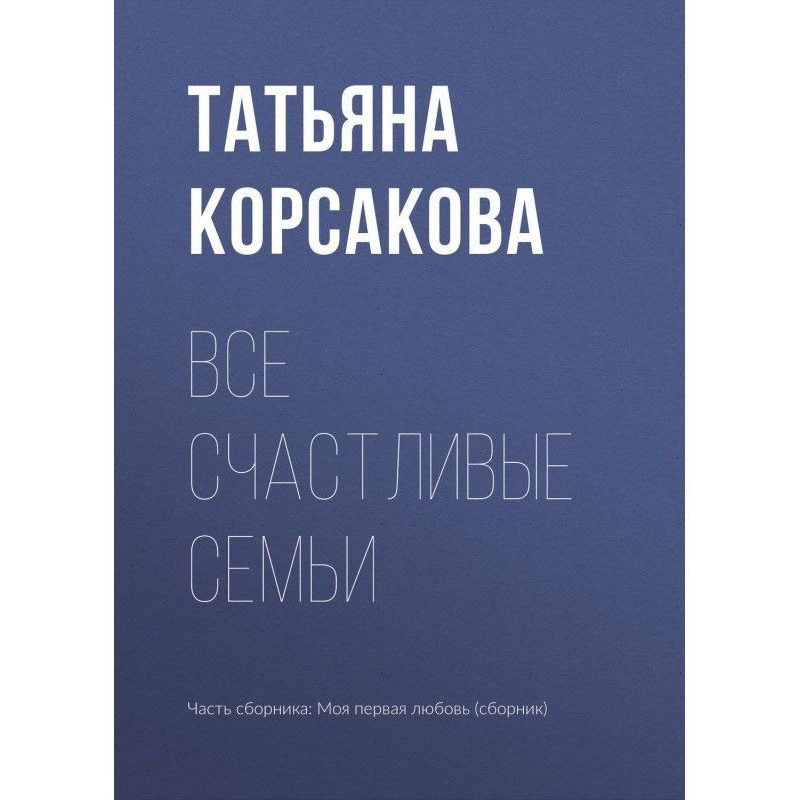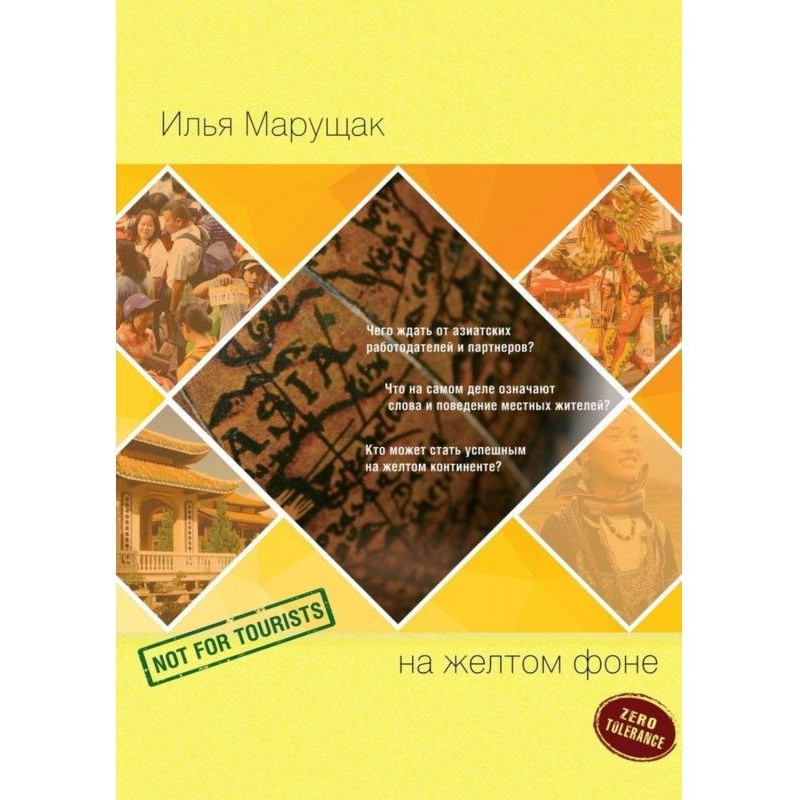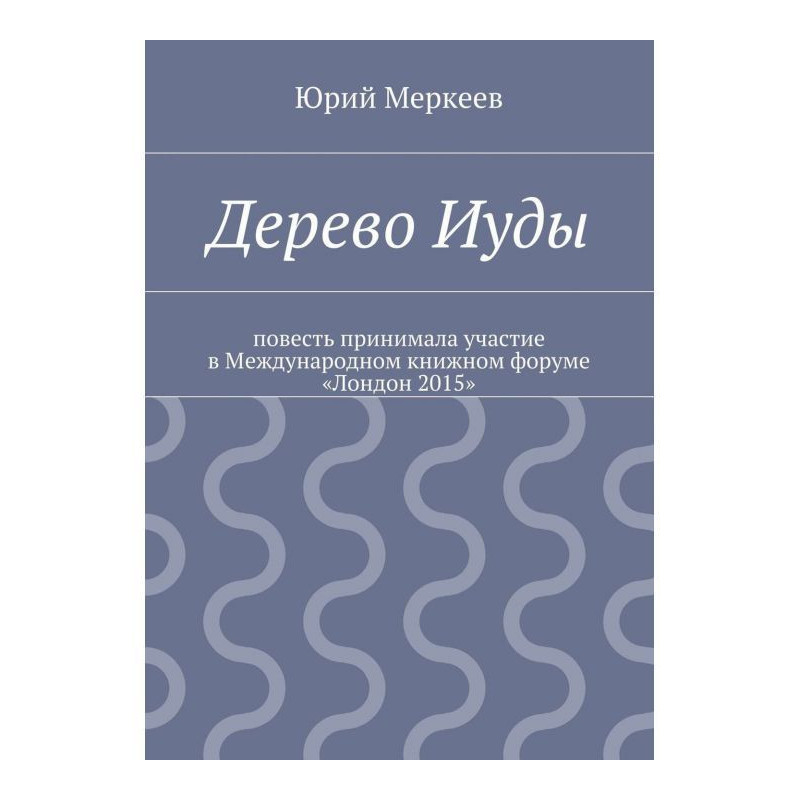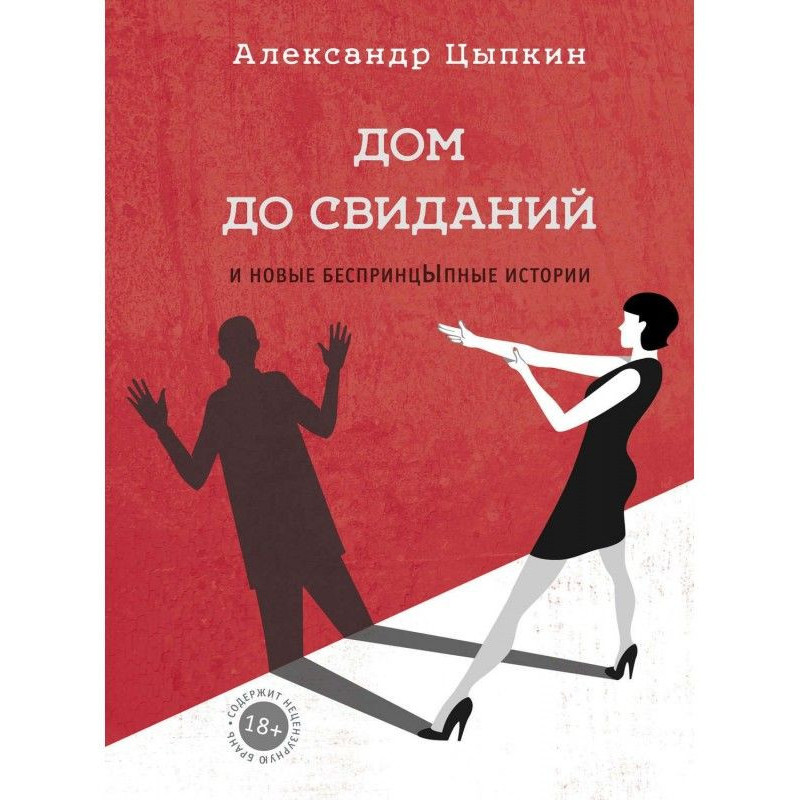Woman and evil spirits
 Instant download
Instant download
after payment (24/7)
 Wide range of formats
Wide range of formats
(for all gadgets)
 Full book
Full book
(including for Apple and Android)
The Israeli writer Shmuel Yosef Agnon (1888–1970), a native of Buchach, came from a family of Galician Jews that could be called unusual: his father, Rabbi Sholom Mordechai Chachkes, was a Hasid and regularly went to the tzaddik, and his grandfather mother, Rabbi Yehuda Hakohen Farb, was a notorious misnaged. Nevertheless, peace and harmony reigned in the house, the harmony of the religious tradition was lightly flavored with Maskil culture in Hebrew. Unlike most Jewish writers of the first half of the twentieth century, Agnon retained throughout his life a loving gratitude to his parental home, where piety, fear of God, and commitment to teaching reigned. His work owes much to Hasidic books and traditions about tzaddikim. A master of anthologies, Agnon was not lazy in rewriting old books, sometimes changing almost nothing, and sometimes rearranging what he read in his own leisurely way, in the hope that the reader would be completely influenced by the traditions of Jewish antiquity. With all the differences in culture and era, it is appropriate to compare the romantic fairy tale in adult reading by the Germans and French at the turn of the 18th–19th centuries with the literary translation of Hasidic hagiography in the books of Agnon. All named characters in the story published below are real. Rabbi Avroom-Yaakov (Avrum-Yekunyu) was a tzaddik in Sadagor for about thirty years, died in 1883, and the mystical elder - Yisroel Baal Shem Tov - a great kabbalist and miracle worker, the founder of Hasidism, died in 1760.
Data sheet
- Name of the Author
- Шмуэль-Йосеф Агнон
- Language
- Russian
- Translator
- Зоя Леонтьевна Копельман

